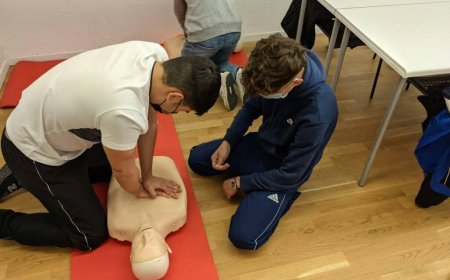Mastering USMLE Step 1: The Essential Theory Guide
Master the foundational theory behind USMLE Step 1 with this expert guide. Learn high-yield concepts in pathophysiology, pharmacology, and systems-based medicine for exam success.

Many students approach USMLE Step 1 as a memorization challenge, but true exam mastery requires deeper theoretical comprehension. The modern Step 1 increasingly tests your ability to apply basic science principles to clinical scenarios. This guide will help you move beyond rote recall to develop the conceptual framework that enables you to tackle even unfamiliar questions confidently. We'll explore the core scientific principles that form the basis of medical practice and how they're tested on the exam.
The Theoretical Foundations of Medical Practice
1. General Principles: The Building Blocks of Medicine
The 25-35% of the exam covering general principles represents the scientific language of medicine. These concepts reappear throughout organ system questions, making them indispensable.
Biochemistryforms the molecular basis of disease. Understanding metabolic pathways like glycolysis or the urea cycle isn't just about memorizing steps - it's about recognizing how disruptions manifest clinically. For instance, a pyruvate kinase deficiency leads to hemolytic anemia because erythrocytes rely exclusively on glycolysis for energy production.
Pharmacologytheory explains drug actions at the receptor level. Rather than simply listing side effects, focus on why they occur. Beta-blockers cause fatigue not just as a side effect, but because lipophilic versions cross the blood-brain barrier and antagonize central adrenergic receptors.
Read also: Prepare to Ace Your USMLE Step 1
Organ System Theory: From Mechanism to Manifestation
The 65-75% organ systems coverage tests your ability to trace disease processes from molecular origins to clinical presentation.
Cardiovascular pathophysiologyexemplifies this well. Consider how left ventricular pressure-volume loops change in aortic stenosis: the increased afterload shifts the loop rightward, requiring greater pressure generation for ejection. This explains both the pathophysiology and the classic symptoms of angina, syncope, and dyspnea.
Renal physiologyconcepts like the countercurrent multiplier system underpin many exam questions. When this system fails in diabetes insipidus, the inability to concentrate urine leads to polyuria and polydipsia. Recognizing this mechanism helps you identify the condition even with atypical presentations.
High-Yield Theoretical Concepts Demystified
Pathophysiology Essentials
Cell injury and adaptationtheory explains disease at its most fundamental level. Apoptosis, the programmed cell death pathway, differs fundamentally from necrosis in both mechanism and clinical significance. While necrosis triggers inflammation due to membrane rupture and content release, apoptosis occurs through controlled caspase activation without inflammatory sequelae. This distinction explains why chemotherapy drugs target apoptotic pathways in cancer cells while trying to avoid necrotic cell death.
Inflammationtheory bridges basic science and clinical medicine. The cardinal signs of inflammation - calor, dolor, rubor, tumor, and functio laesa - directly reflect underlying vascular changes and mediator release. Understanding these mechanisms helps predict treatment effects; NSAIDs reduce pain by inhibiting prostaglandin synthesis at the COX enzymes.
From Theory to Clinical Application
The most successful test-takers don't just know theories - they apply them systematically. When faced with a clinical vignette:
First, identify thecore pathophysiological process. A patient with polyuria, polydipsia, and hypernatremia suggests a water homeostasis disorder. Next, recall thekey theoretical components- in this case, ADH synthesis, release, and renal action. Then consider themechanistic possibilities: could this be central diabetes insipidus (ADH deficiency) or nephrogenic DI (renal resistance)? Finally, determine how diagnostic tests like the water deprivation test would distinguish between them based on their theoretical foundations.
Read also: Prepare to Ace Your USMLE Step 2 CK
Conclusion: Theory as Your Diagnostic Lens
Developing strong theoretical knowledge does more than prepare you for Step 1 - it shapes how you'll practice medicine. When you understand disease mechanisms, you can approach even complex cases systematically. This conceptual foundation will continue serving you through clinical rotations, Step 2 CK, and ultimately at the bedside. Invest time in truly comprehending these principles, and you'll find that what begins as exam preparation transforms into the beginning of your development as a physician.

































